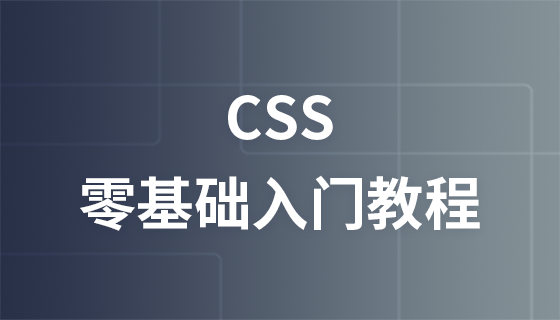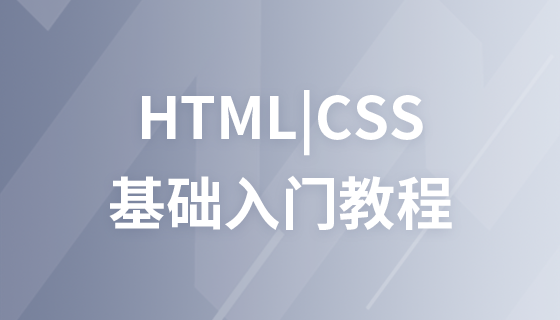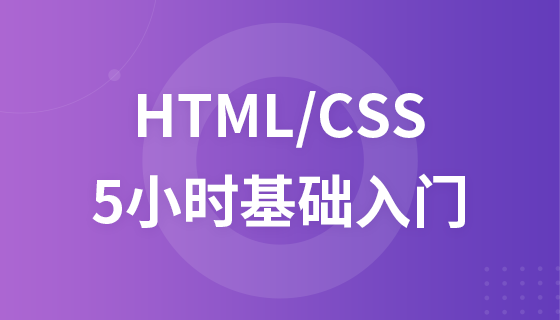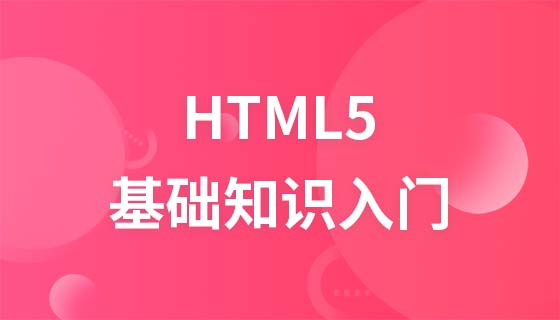Introduction to CSS
Before you start learning CSS, you should make sure you have the following prerequisite knowledge:
HTML / XHTML
To learn HTML and XHTML , you can find relevant tutorials through the PHP Chinese website (php.cn) homepage
To learn CSS, you need to know what CSS is?
CSS refers to Cascading Style Sheets
Styles define how HTML elements are displayed
Styles are usually stored In the style sheet
Adding styles to HTML 4.0 is to solve the problem of separation of content and presentation
External style sheets can be extremely Greatly improve work efficiency
External style sheets are usually stored in CSS files
- ##Multiple style definitions can be cascaded into one
Styles solve a big problem
HTML tags were originally designed to define document content, as shown in the following example :
##This is a title
Style sheets define how HTML elements are displayed, just like the HTML 3.2 font tag and color attributes do. Styles are usually saved in external .css files. External style sheets give you the ability to change the layout and appearance of all pages in your site at the same time by simply editing a simple CSS document.
In order to solve this problem, the World Wide Web Consortium (W3C), a non-profit standardization alliance, has taken on the mission of standardizing HTML and created styles outside of HTML 4.0.
Contemporary browsers all support CSS.
CSS style sheets greatly improve work efficiency Style Table defines how HTML elements are displayed
Style sheets define how HTML elements are displayed, just like the HTML 3.2 font tag and color attributes do. Styles are usually saved in external .css files. External stylesheets give you the ability to change the layout and appearance of all pages in your site simultaneously by editing a simple CSS document.
CSS Example
An HTML document can display different styles
<!DOCTYPE html>
<html>
<head>
<meta charset="utf-8">
<title>PHP中文網(wǎng)(php.cn)</title>
<style>
h1{color: #00a0e9}
p{background-color: #8de943
}
p.ex {margin-top:2cm;}
p.bottommargin {margin-bottom:25%;}
</style>
</head>
<body>
<h1>標(biāo)題</h1>
<p>一個(gè)沒有指定邊距大小的段落。</p>
<p class="ex">一個(gè)2厘米上邊距的段落。</p>
</body>
</html>Run the program and try it














